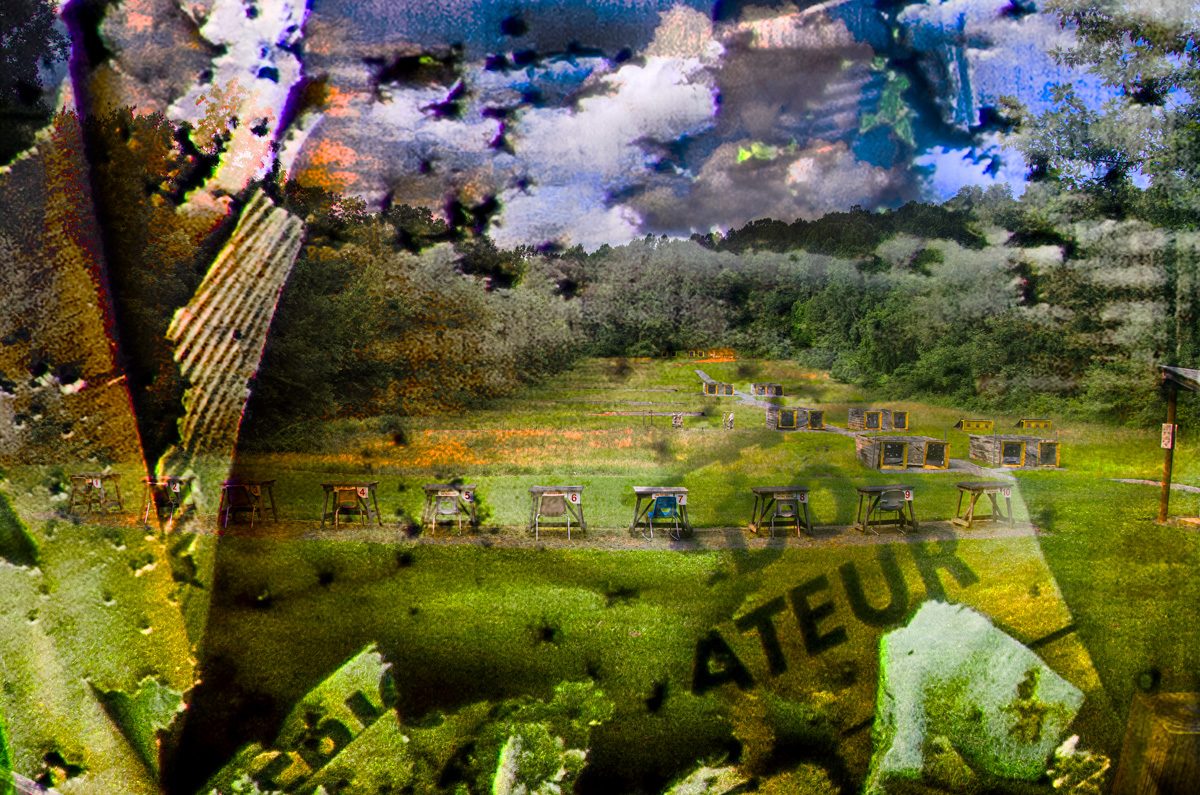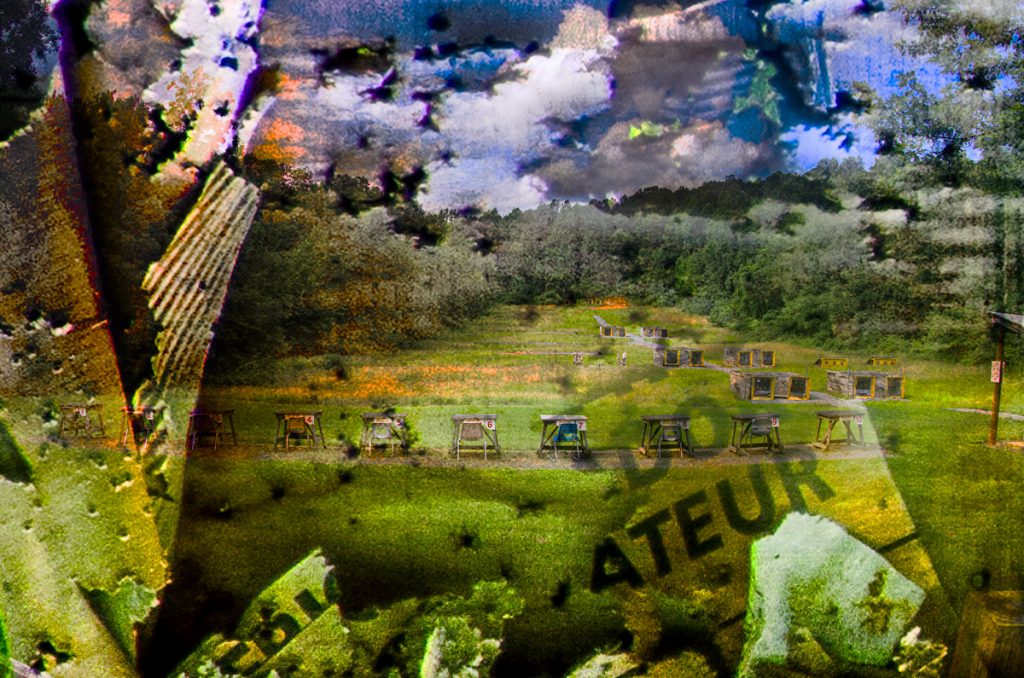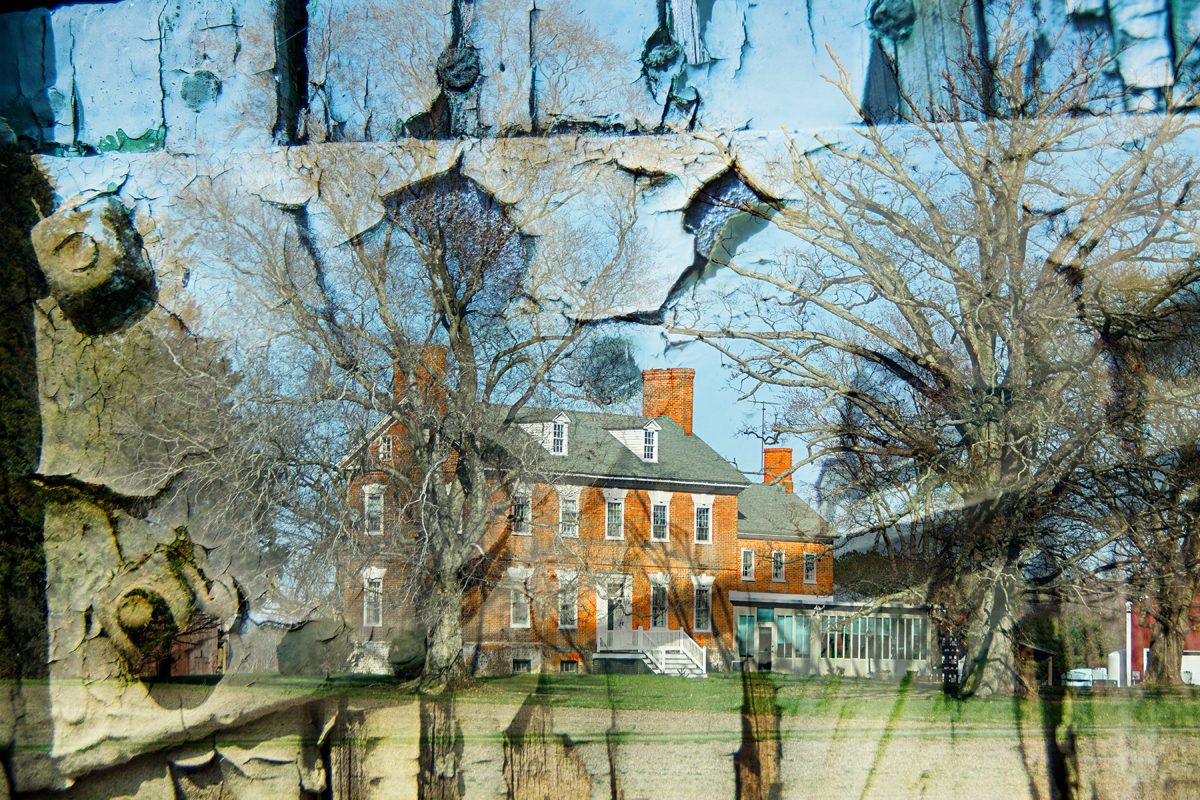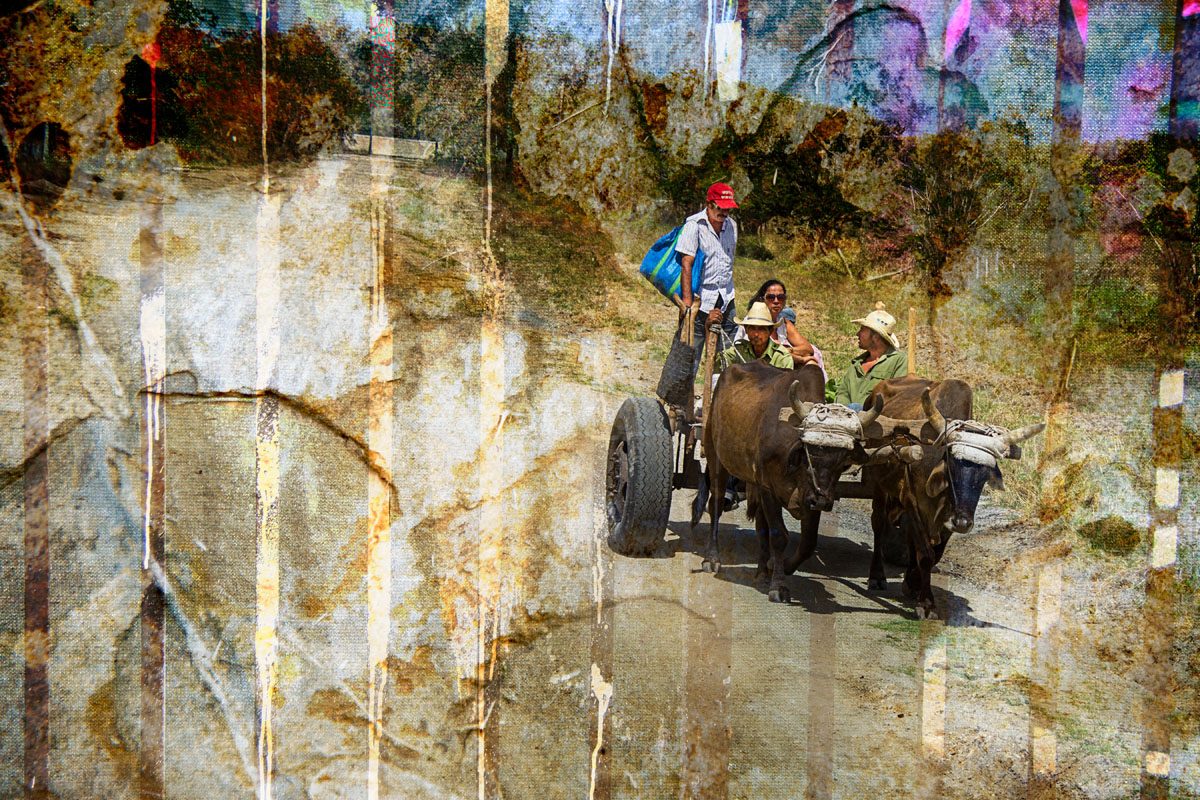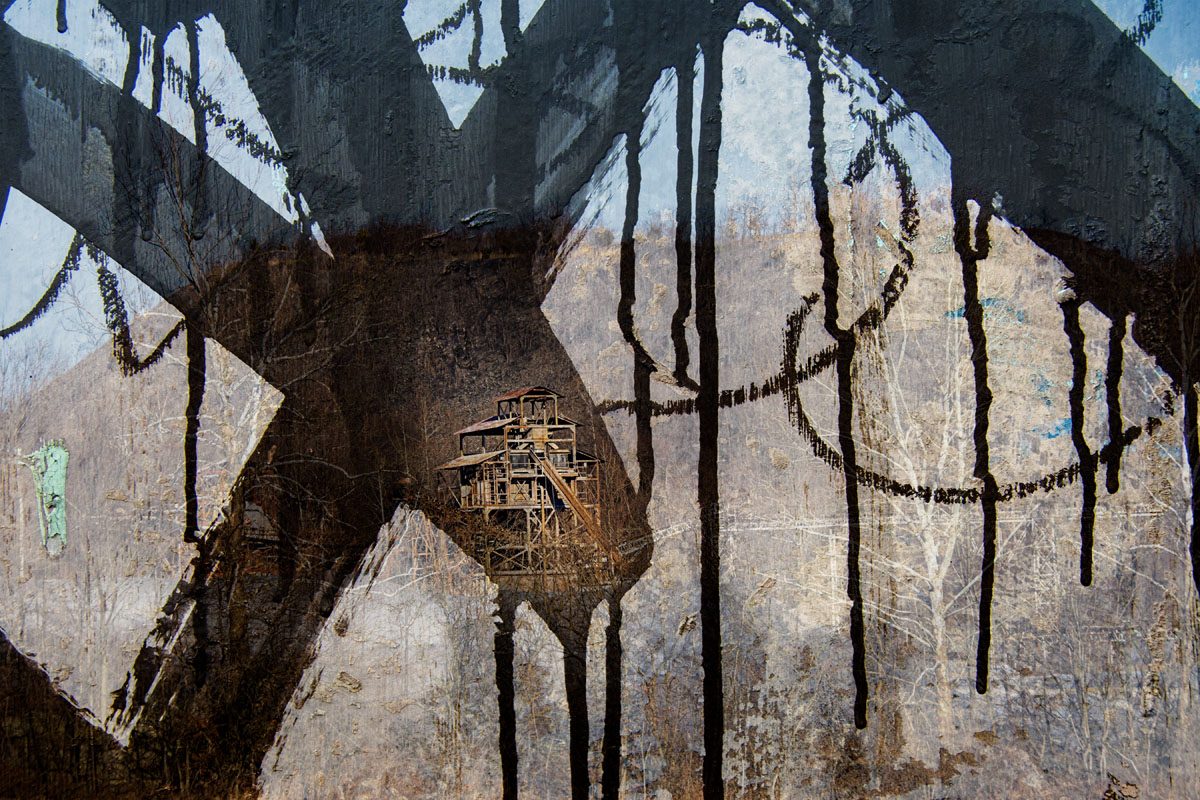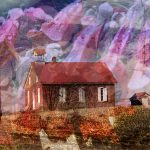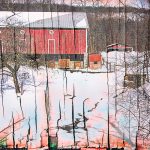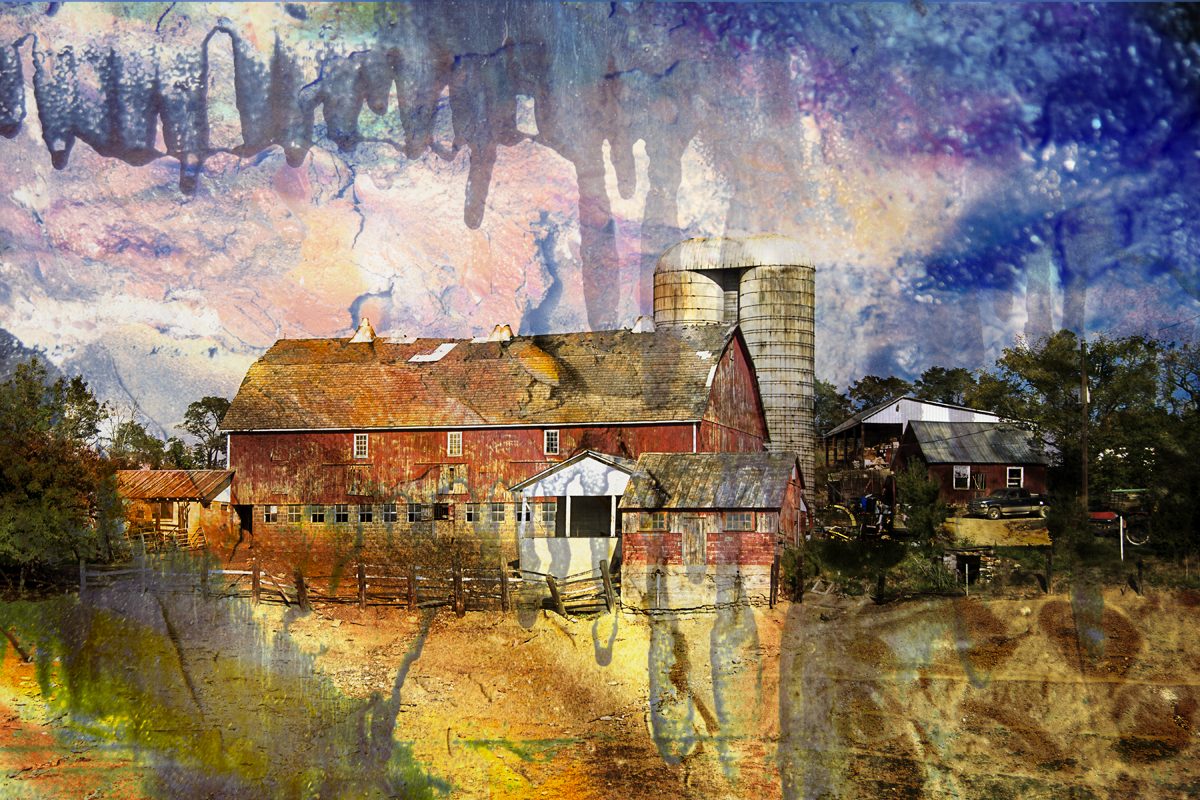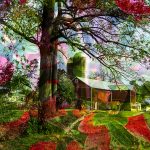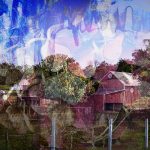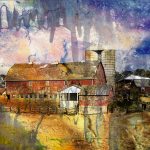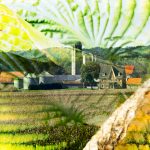Tag: Composite Photograph
No. 45 Klezmer Revival
 Klezmer Revival
Klezmer Revival
Following the 1993 release of Stephen Spielberg’s film “Shindler’s List” interest in reviving Klezmer, a traditional Jewish folk music occurred among some Polish musicians. Much of it may be aimed at tourists.
A Composite Photo by Jay Ressler from the upcoming exhibit “Doubletake East” by Martha & Jay Ressler in Reading, PA, at Judy’s on Cherry.
No. 43. Austerlitz Surprise
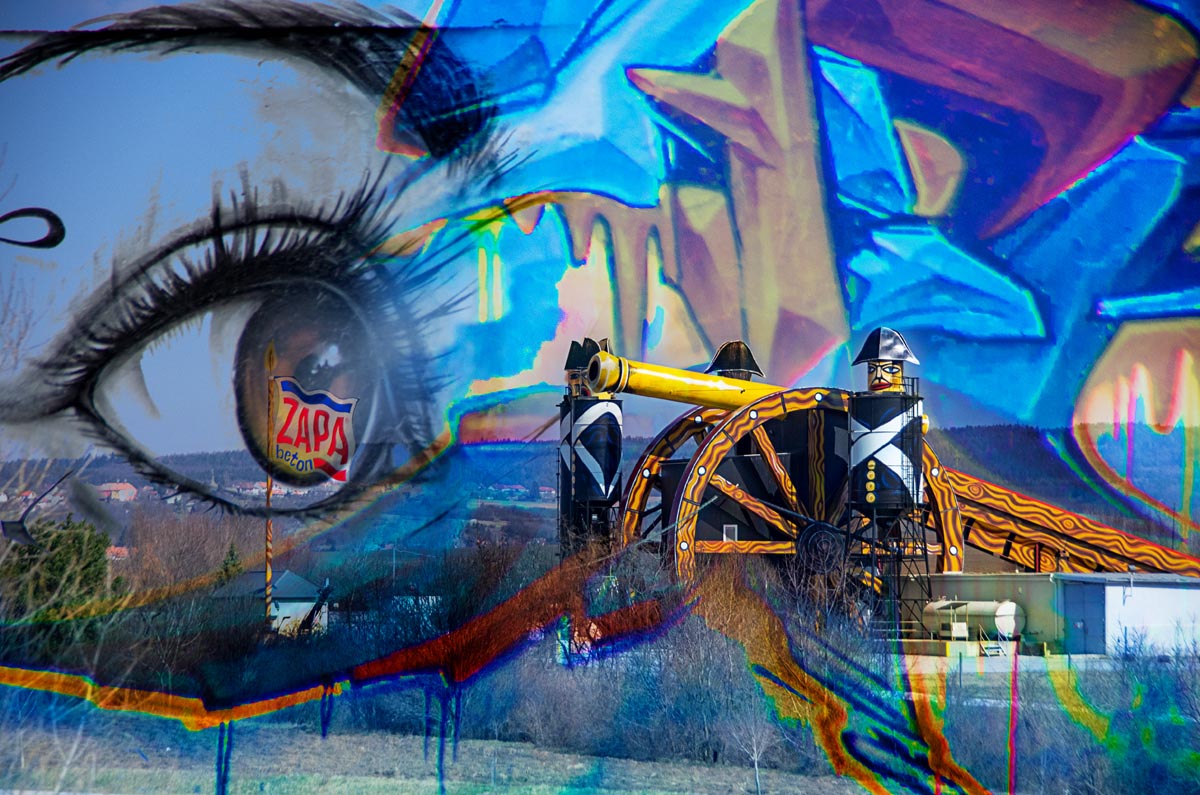
A Composite Photo by Jay Ressler from the upcoming exhibit “Doubletake East” by Martha & Jay Ressler in Reading, PA, at Judy’s on Cherry
No. 42 Civil Coupling
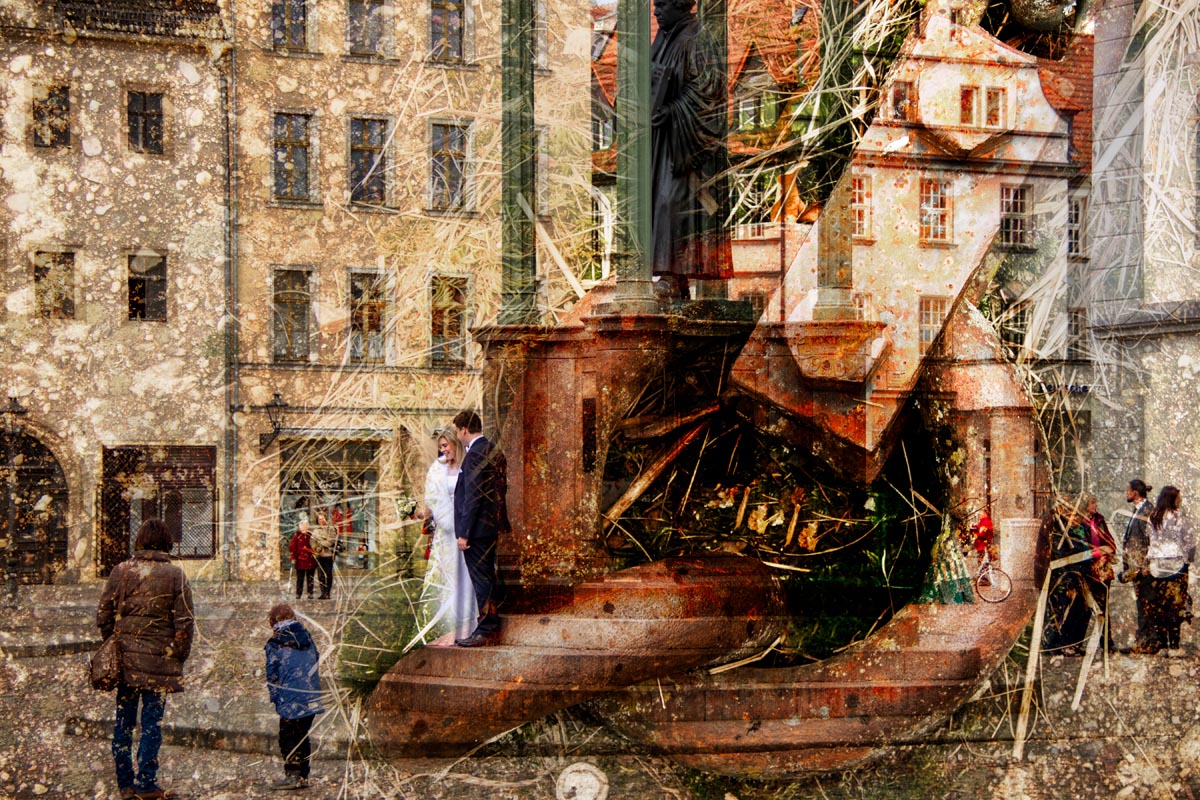
No. 41. Yellow House on the Elbe

A Composite Photo by Jay Ressler from the upcoming exhibit “Doubletake East” by Martha & Jay Ressler in Reading, PA, at Judy’s on Cherry .
No. 19. Unescaped
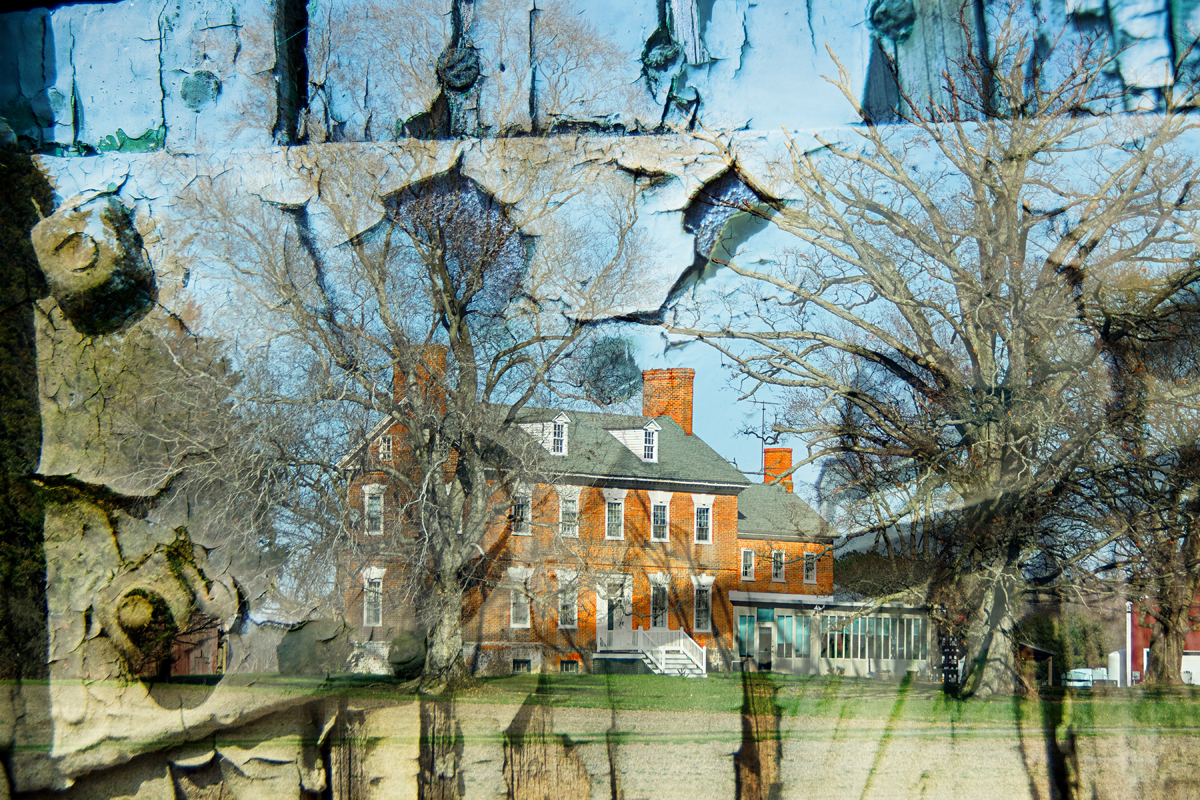
An old plantation house on Maryland’s Eastern Shore that survives as the main house on a farm serves as a commentary on the inequality and vestiges of slavery and Jim Crow that afflicts the area, and most of America. Photographed during a trip to visit the Harriet Tubman National Historic Site.
No. 15. Wheels
These two composite photos appear in the “Wheels” exhibit at Studio B in Boyertown, PA. Opening: Friday, April 20. The show runs until June 24, 2018.
No. 13. From the “Country Roads” Collection
Previous posts on this blog featured pictures from the Country Roads: An Uncommon Take series including Nos. 3 and 11 in 2018 and Nos. 36, 44, and 50 in 2017. I posted an earlier version of “Broken Windows” in No. 50. The current version posted here is the final one as it was exhibited in March at Art Plus Gallery in West Reading, PA. “Tarred Awt” is a wordplay on the colloquial pronunciation of “tired out.” Those unfamiliar with local renditions of English in Pennsylvania Dutch country may not get this, and even those who are familiar with the accent sometimes need to hear it pronounced rather than in print to understand.
No. 44. More Country Roads
No. 40. Como la Cigarra: A Song of Defiance and Survival
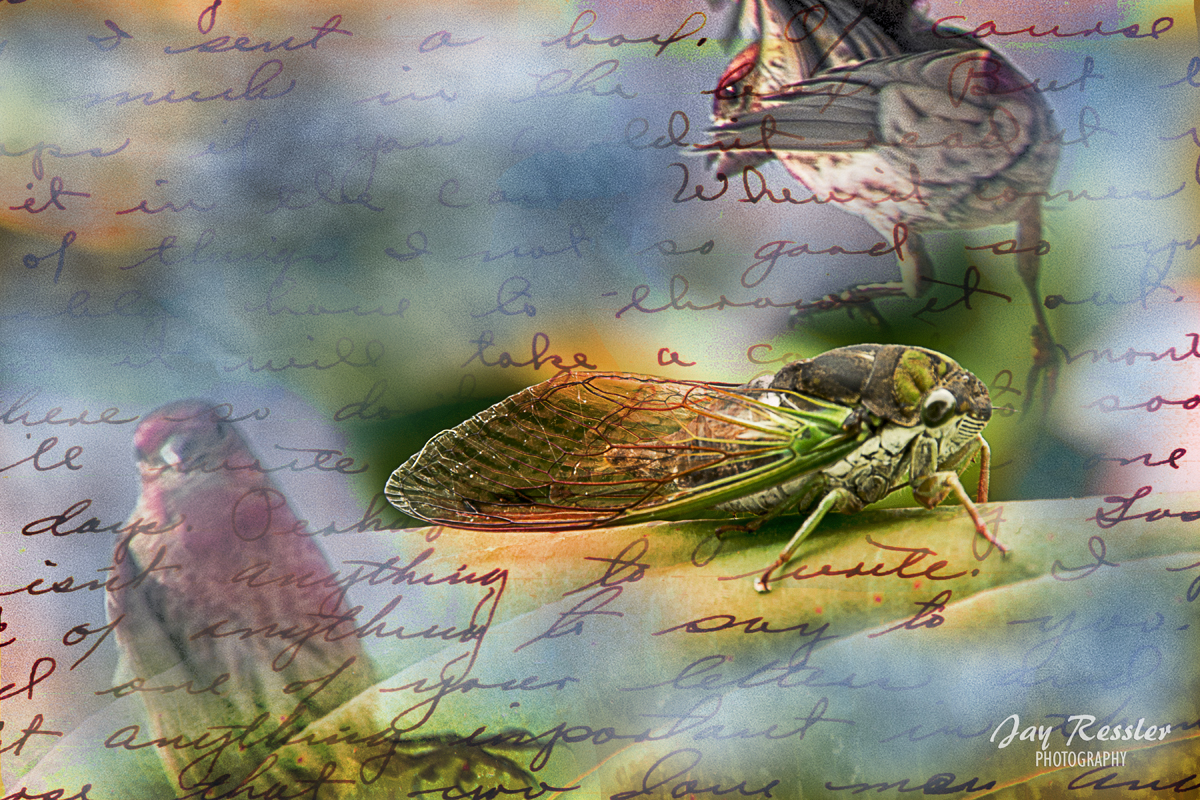
Did You know? Cicadas have been used as money, in folk medicine, to forecast the weather, to provide song (in China), and depicted widely in folklore and myths around the world.
Cicadas are featured in the well-known protest song “Como La Cigarra” (“Like the Cicada”) written by the Argentinian poet and composer, María Elena Walsh. In the song, the cicada is a symbol of survival and defiance against death. “Como La Cigarra” was famously recorded by Mercedes Sosa View her singing it here.
These insects have been featured in literature since the ancient Greeks and in decorative Chinese art for at least a thousand years. In one Japanese novel, the main character poetically likens one of his many love interests to a cicada for the way she delicately sheds her robe the way a cicada sheds its shell when molting. Cicadas are a frequent subject of haiku, where, depending on the type, they can indicate spring, summer or autumn.
In a song popularized by Linda Ronstadt and others, “La Cigarra” (“The Cicada”), written by Raymundo Perez Soto, is a song that romanticizes the insect as a creature that sings until it dies.
The cicada has represented carelessness or indifference since classical antiquity. In one of Aesop’s fables, the cicada spends the summer singing while the ant stores away food, and finds herself without food when the weather turns bitter.
The cicada symbolizes rebirth and immortality in Chinese tradition.
With a cruel and ironic twist in an Ancient Greek myth, Tithonus turns into a cicada after being granted immortality, but not granted eternal youth, by Zeus. The Greeks also used a cicada sitting on a harp as emblematic of music.
This photo is one I will feature in an upcoming Studio B group exhibit “Larger than Life.”
